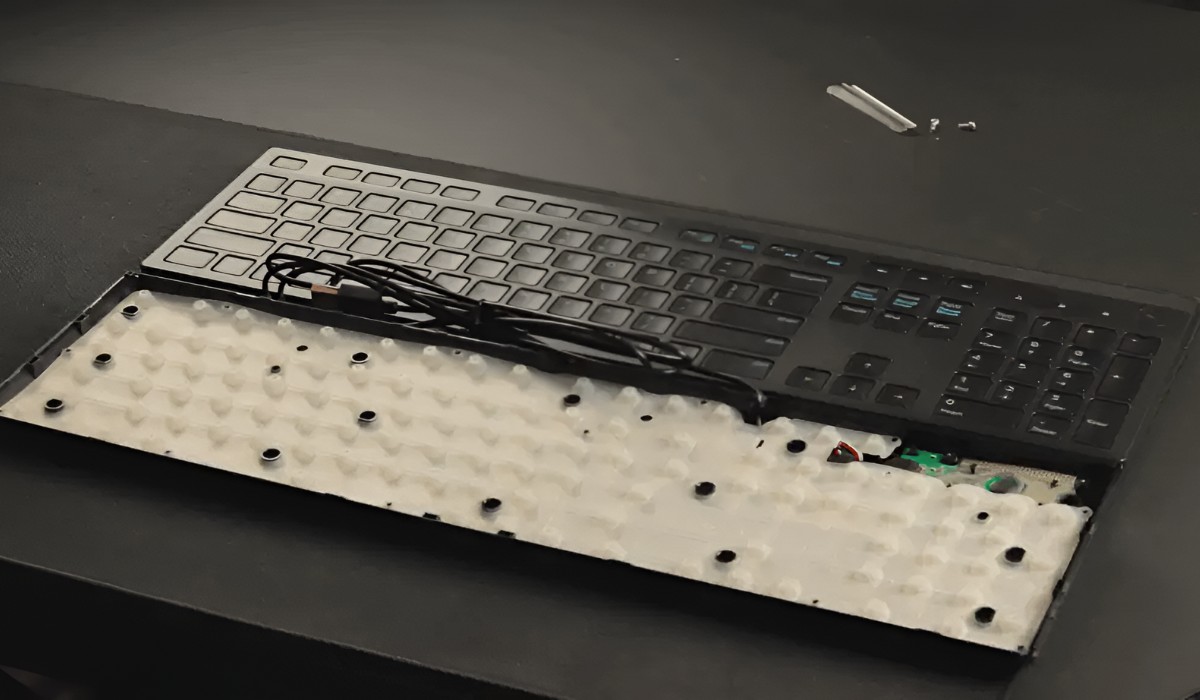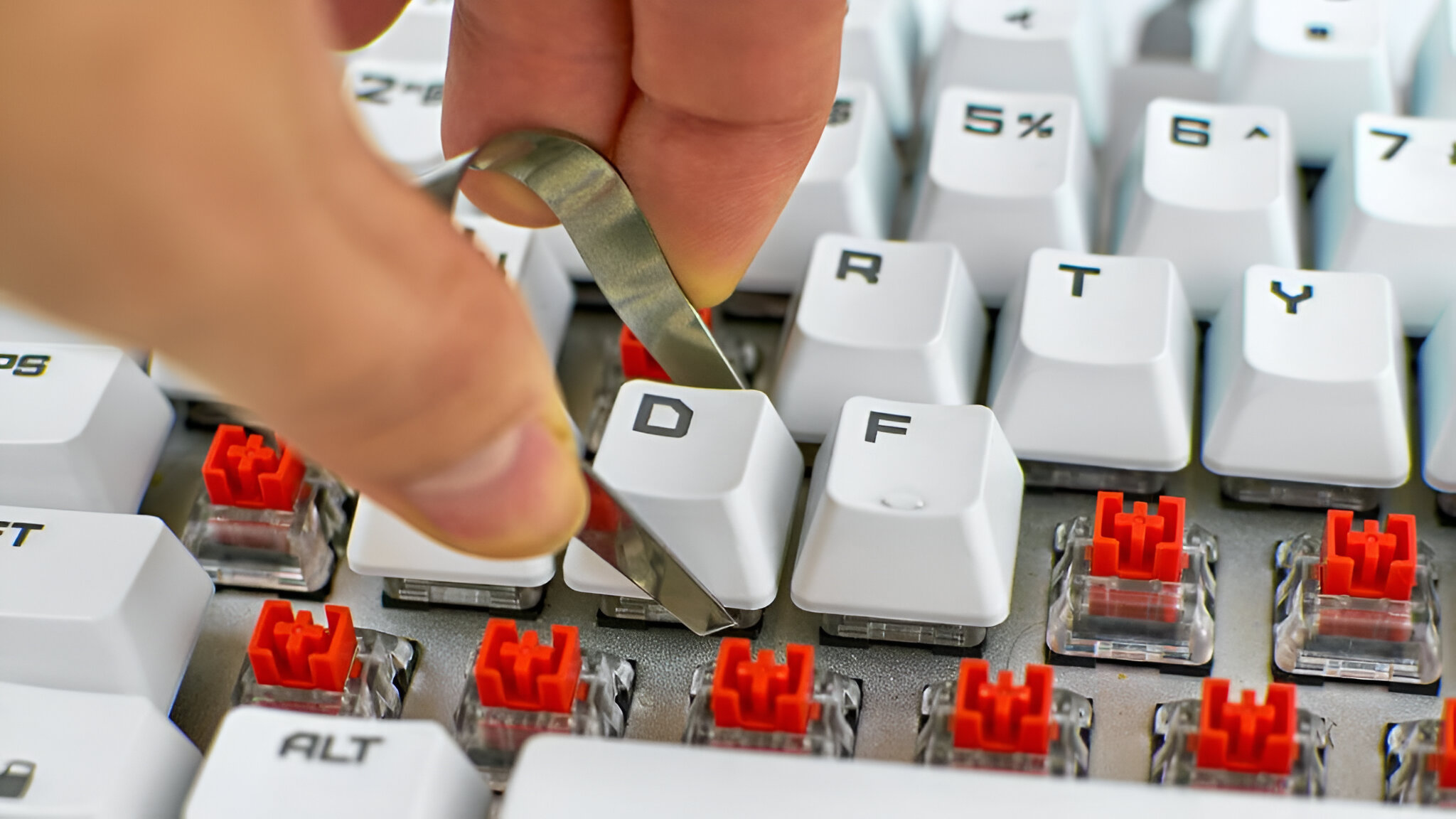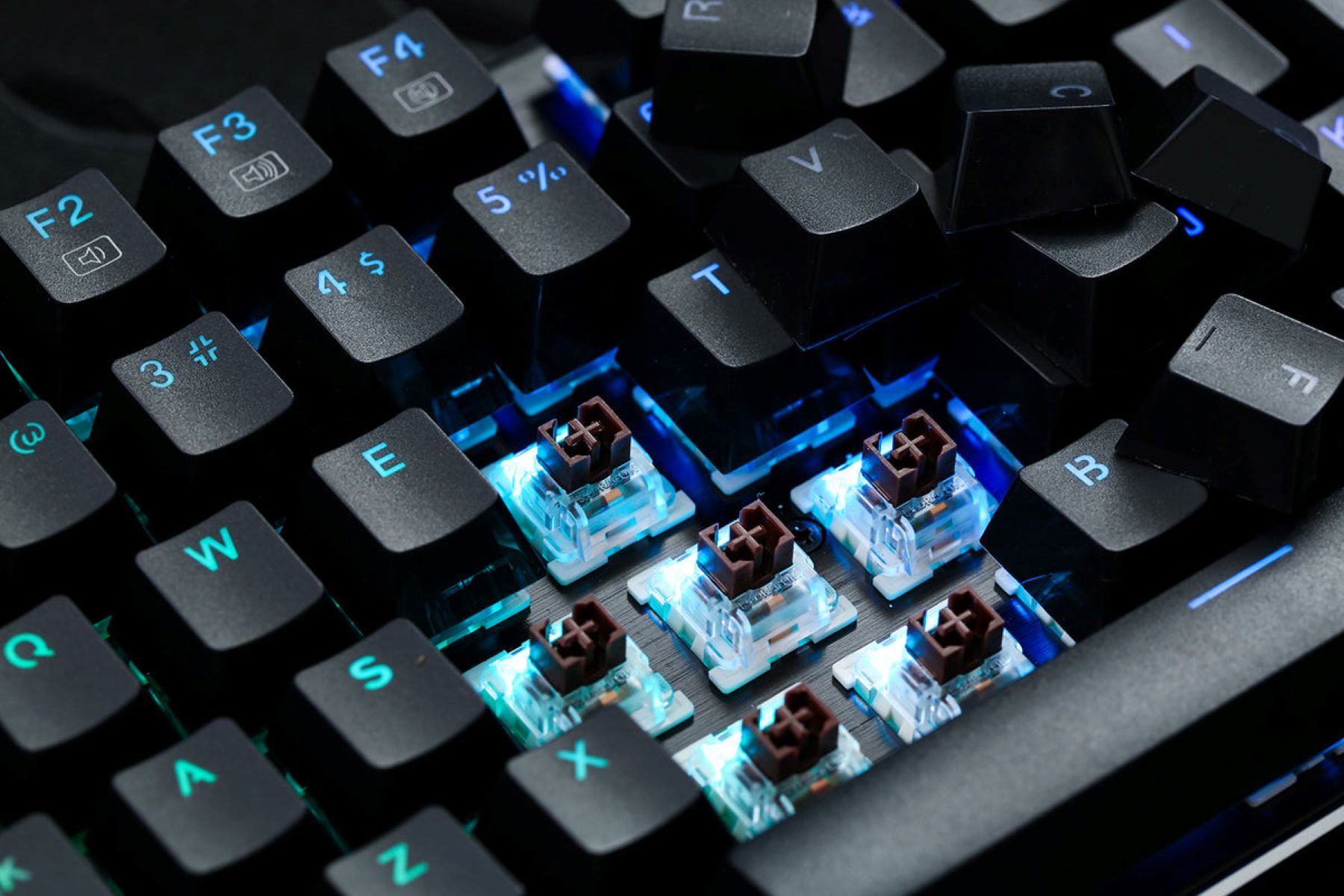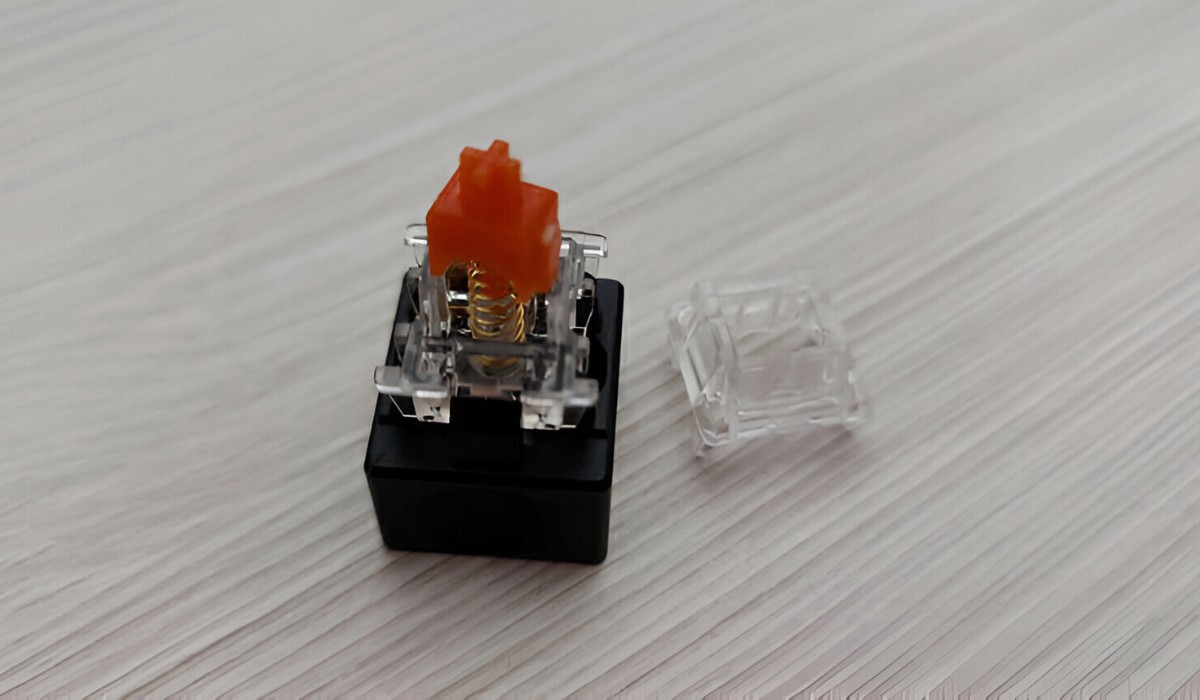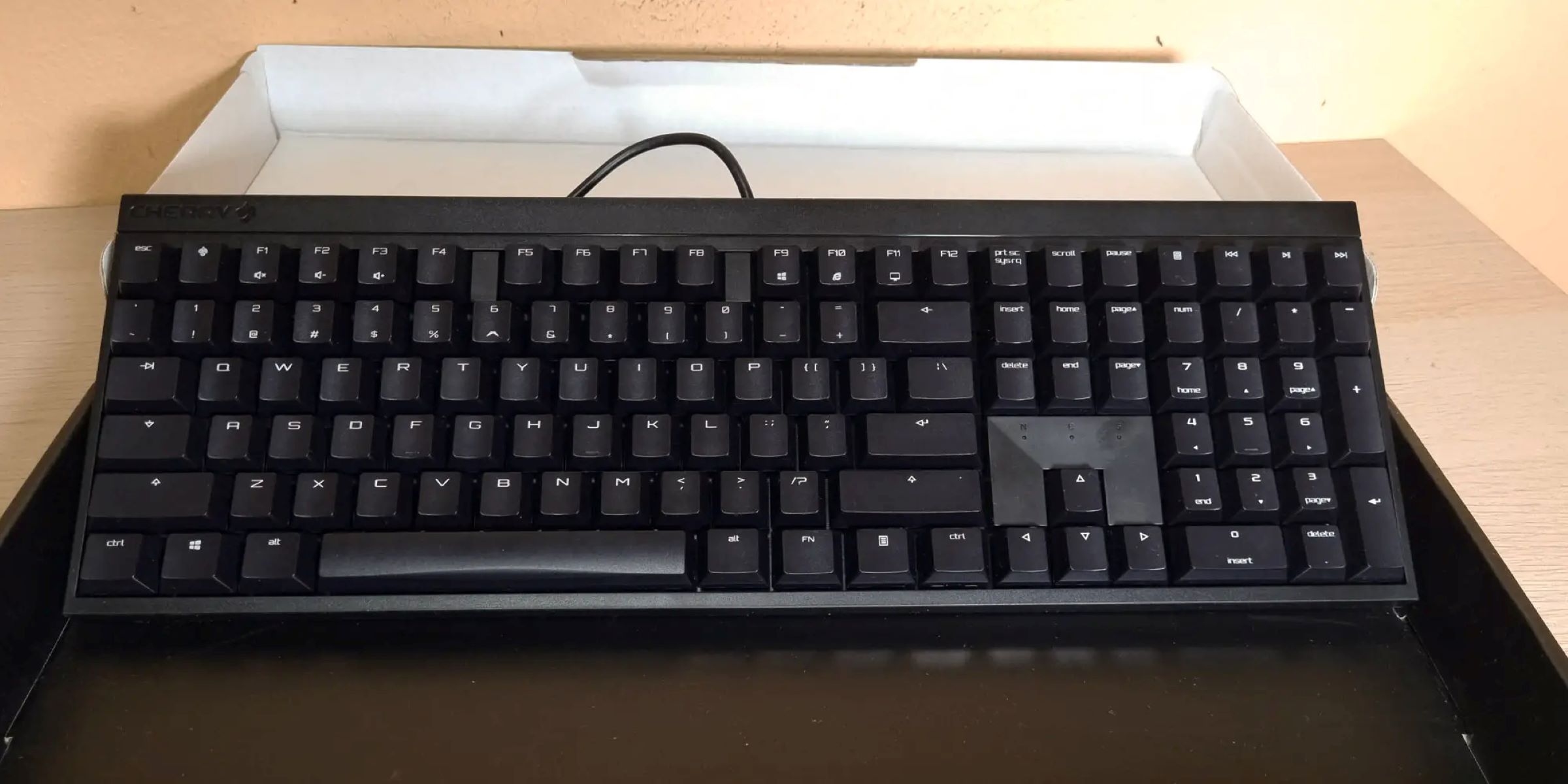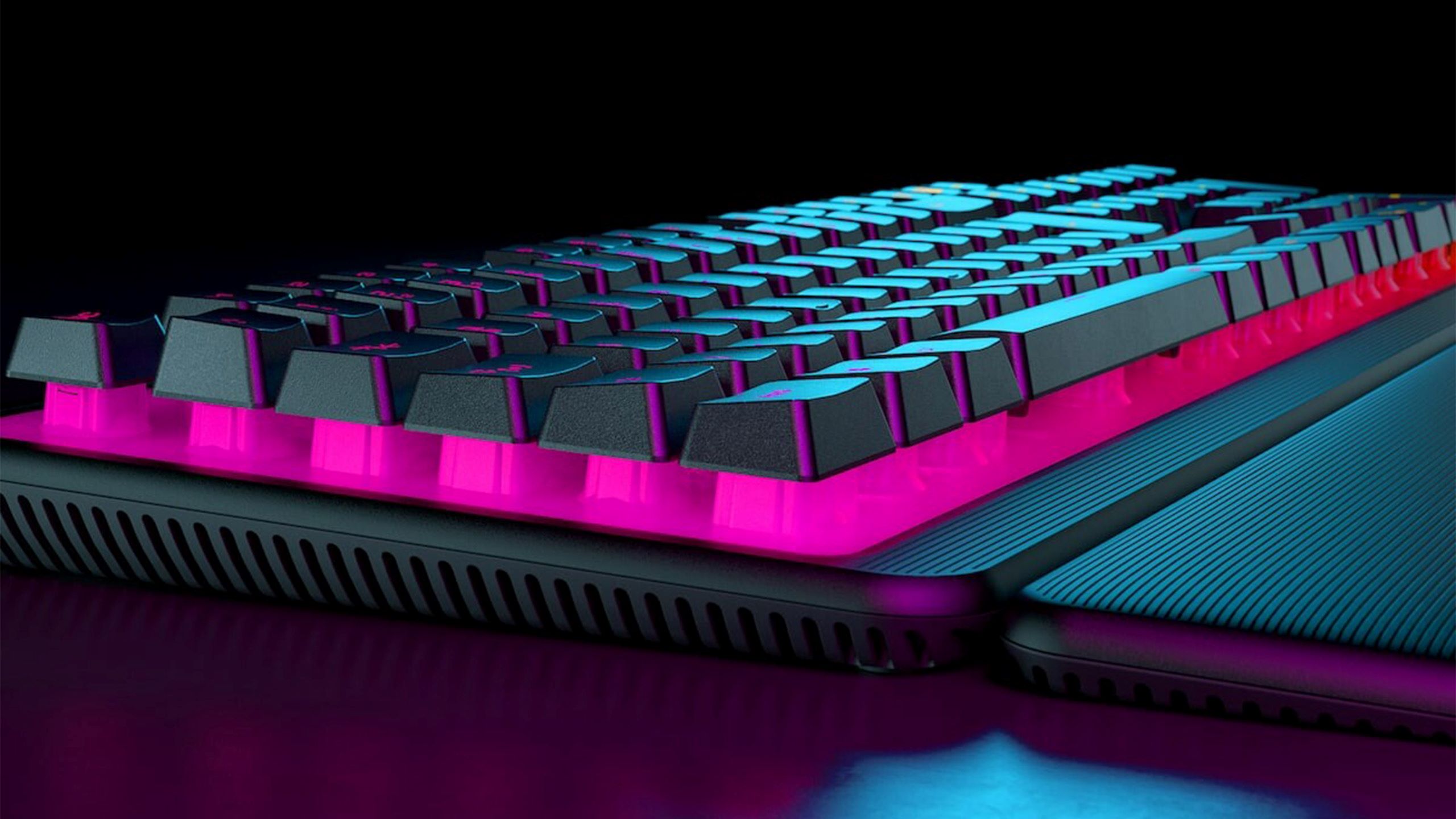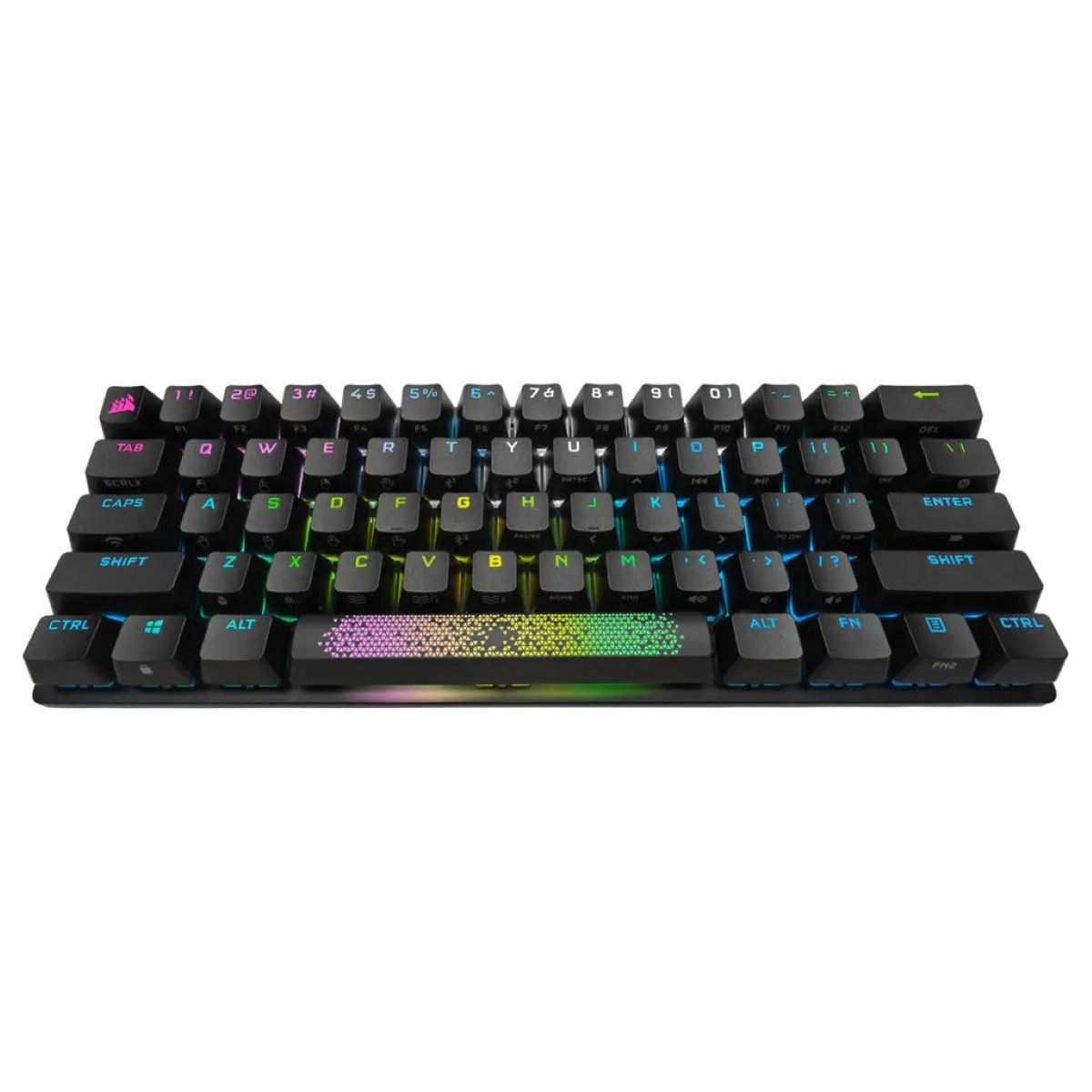Introduction
Introduction
Non-mechanical keyboards, also known as membrane keyboards, have gained popularity in recent years due to their affordability and quiet operation. Unlike traditional mechanical keyboards, which utilize physical switches for each key, non-mechanical keyboards rely on a membrane layer to register key presses. This innovative design offers a unique typing experience and has found favor among a diverse range of users, including gamers, office workers, and students.
Non-mechanical keyboards are available in various configurations, catering to different user preferences and requirements. Understanding the working principle, advantages, and disadvantages of non-mechanical keyboards is crucial for individuals seeking an optimal typing and gaming experience. Additionally, being aware of popular non-mechanical keyboard brands can aid in making informed purchasing decisions.
In this article, we will delve into the intricacies of non-mechanical keyboards, exploring their types, working principles, advantages, and disadvantages. Furthermore, we will highlight some of the leading non-mechanical keyboard brands, providing valuable insights for those considering a switch to this innovative keyboard technology. Let's embark on a journey to unravel the inner workings of non-mechanical keyboards and discover the benefits they offer to users across diverse domains.
Types of Non-Mechanical Keyboards
Non-mechanical keyboards encompass a range of variations, each tailored to meet specific user needs and preferences. Understanding the different types of non-mechanical keyboards is essential for individuals seeking an optimal typing or gaming experience. Let’s explore the diverse categories of non-mechanical keyboards:
- Membrane Keyboards: These keyboards utilize a single, continuous membrane layer beneath the keycaps. When a key is pressed, the membrane deforms, completing a circuit and registering the keystroke. Membrane keyboards are known for their quiet operation and affordability, making them popular choices for office settings and casual computer use.
- Scissor-Switch Keyboards: Incorporating scissor-shaped plastic components, these keyboards offer a more tactile feel compared to traditional membrane keyboards. The scissor mechanism enhances key stability and responsiveness, resulting in a comfortable typing experience. Scissor-switch keyboards are commonly found in laptops and low-profile desktop keyboards.
- Rubber Dome Keyboards: These keyboards feature dome-shaped rubber or silicone switches that provide a soft, cushioned feel when keys are pressed. The rubber dome mechanism offers a balance between tactile feedback and quiet operation, making it suitable for both office work and gaming.
Each type of non-mechanical keyboard presents unique characteristics, catering to the diverse preferences of users across various domains. Whether prioritizing quiet operation, tactile feedback, or affordability, individuals can find a non-mechanical keyboard type that aligns with their specific requirements.
Working Principle of Non-Mechanical Keyboards
Non-mechanical keyboards operate on a fundamentally different principle than their mechanical counterparts. Understanding the working mechanism of non-mechanical keyboards is crucial for users aiming to leverage their unique features and benefits. Let’s delve into the intricate working principle of non-mechanical keyboards:
At the core of non-mechanical keyboards lies a membrane layer, which serves as the key component for registering keystrokes. When a key is pressed, the corresponding portion of the membrane deforms, creating a connection between two conductive layers. This completion of the circuit signals the keyboard’s controller, which then processes the input and transmits the corresponding keystroke to the computer.
The membrane layer in non-mechanical keyboards is designed to provide a uniform resistance across all keys, ensuring consistent typing feedback and performance. This design also contributes to the keyboards’ quiet operation, making them suitable for environments where noise reduction is a priority.
Furthermore, certain non-mechanical keyboards, such as those incorporating scissor-switch mechanisms, feature additional components that enhance key stability and tactile feedback. The scissor mechanism, characterized by its interlocking components beneath each key, reinforces key responsiveness and overall typing experience.
Overall, the working principle of non-mechanical keyboards revolves around the seamless interaction between the membrane layer, circuitry, and additional mechanisms, culminating in a reliable and quiet typing experience for users across diverse settings.
Advantages of Non-Mechanical Keyboards
Non-mechanical keyboards offer a host of advantages that cater to the diverse needs and preferences of users across various domains. Understanding the benefits of non-mechanical keyboards is essential for individuals seeking an efficient and comfortable typing or gaming experience. Let’s explore the notable advantages of non-mechanical keyboards:
- Quiet Operation: One of the primary advantages of non-mechanical keyboards is their quiet operation. The membrane-based design and absence of physical switches contribute to a subdued typing experience, making them ideal for office environments and shared workspaces where noise reduction is crucial.
- Affordability: Non-mechanical keyboards are often more cost-effective than their mechanical counterparts, making them an accessible option for budget-conscious users. The affordability of non-mechanical keyboards enables individuals to acquire reliable input devices without compromising on performance.
- Low Maintenance: With their simplified internal structure, non-mechanical keyboards require minimal maintenance. The absence of intricate mechanical components reduces the likelihood of key switch failures and simplifies cleaning and upkeep, contributing to their long-term reliability.
- Portability: Many non-mechanical keyboards, particularly those featuring scissor-switch mechanisms, boast a slim and lightweight design, making them highly portable. This portability is especially advantageous for users who require a compact and travel-friendly input device.
- Tactile Variations: Certain types of non-mechanical keyboards, such as those incorporating scissor switches or rubber dome mechanisms, offer tactile variations that cater to individual preferences. Users can choose keyboards with specific tactile feedback profiles, enhancing their typing comfort and efficiency.
The array of advantages presented by non-mechanical keyboards underscores their versatility and suitability for a wide range of users, from professionals seeking a quiet office keyboard to gamers desiring a responsive and affordable input device. By leveraging these benefits, individuals can optimize their computing experience and productivity.
Disadvantages of Non-Mechanical Keyboards
While non-mechanical keyboards offer several advantages, they also come with certain drawbacks that users should consider when evaluating their suitability for specific applications. Understanding the limitations of non-mechanical keyboards is essential for making informed purchasing decisions. Let’s explore the notable disadvantages of non-mechanical keyboards:
- Key Feel and Feedback: Compared to mechanical keyboards, non-mechanical keyboards often provide less pronounced tactile feedback and key feel. This can result in a less satisfying typing experience for users who prefer a more pronounced and responsive key press.
- Durability and Longevity: Non-mechanical keyboards, particularly those utilizing membrane or rubber dome switches, may have a shorter lifespan compared to mechanical keyboards. The membrane components are susceptible to wear over time, potentially leading to a decline in key responsiveness and overall durability.
- Customization and Modifiability: Non-mechanical keyboards may offer limited customization options compared to mechanical keyboards. Enthusiasts who enjoy modifying key switches and keyboard layouts may find fewer aftermarket customization opportunities for non-mechanical keyboards.
- Typing Intensity and Speed: For users who engage in intensive typing tasks or require high-speed input, the relatively softer key presses of non-mechanical keyboards may pose a challenge. The reduced tactile feedback and key actuation force could impact typing speed and accuracy for certain individuals.
- Gaming Performance: While non-mechanical keyboards can be suitable for casual gaming, some users, particularly competitive gamers, may prefer the precise and distinct actuation points offered by mechanical switches. Non-mechanical keyboards may not provide the same level of responsiveness and tactile precision required for competitive gaming scenarios.
By acknowledging the limitations associated with non-mechanical keyboards, users can make informed decisions based on their specific typing, gaming, and customization requirements. While non-mechanical keyboards offer numerous advantages, understanding their drawbacks is crucial for selecting input devices that align with individual preferences and usage scenarios.
Popular Non-Mechanical Keyboard Brands
Several reputable brands have made significant contributions to the non-mechanical keyboard market, offering a diverse range of products tailored to meet the needs of different user segments. Understanding the leading non-mechanical keyboard brands is essential for individuals seeking reliable and feature-rich input devices. Let’s explore some of the popular non-mechanical keyboard brands:
- Logitech: Known for its innovative peripheral products, Logitech offers a variety of non-mechanical keyboards designed for both productivity and gaming. Their keyboards feature durable construction, wireless connectivity options, and customizable function keys, catering to a broad user base.
- Dell: Dell’s non-mechanical keyboards are renowned for their reliability and compatibility with Dell desktop and laptop systems. These keyboards often feature ergonomic designs, multimedia shortcut keys, and spill-resistant construction, making them suitable for office and home use.
- Microsoft: Microsoft’s range of non-mechanical keyboards emphasizes comfort, durability, and wireless connectivity. Many of their keyboards incorporate ergonomic designs, customizable shortcut keys, and integrated palm rests, enhancing user comfort during extended typing sessions.
- HP (Hewlett-Packard): HP offers non-mechanical keyboards tailored for business and personal computing needs. Their keyboards often feature slim profiles, quiet key operation, and integrated volume control, catering to users seeking a balance of performance and convenience.
- Razer: Renowned for its gaming peripherals, Razer provides non-mechanical keyboards optimized for gaming performance. These keyboards feature customizable RGB lighting, programmable macro keys, and responsive key switches, catering to the demands of competitive and enthusiast gamers.
These prominent non-mechanical keyboard brands exemplify the diversity and innovation present in the market, offering users a wide array of options to suit their specific preferences and usage scenarios. By exploring the offerings of these leading brands, individuals can make informed decisions when selecting non-mechanical keyboards that align with their computing needs and personal preferences.







